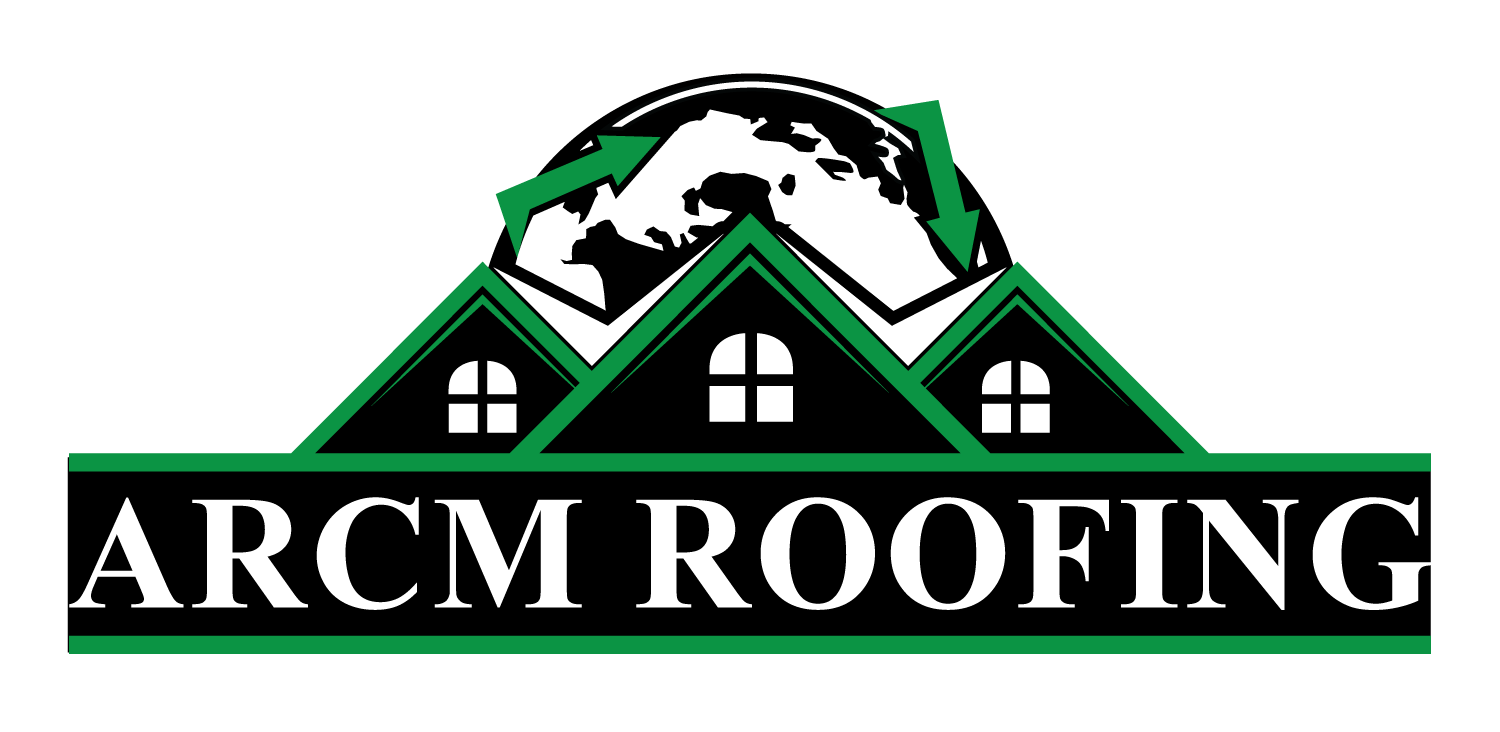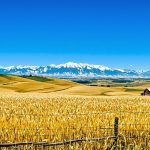Windsor, Colorado, is a municipality in Larimer and Weld counties, established as a pivotal stop along the Overland Trail in the 1870s. Initially built by J.L. Hilton, the town expanded with the arrival of the railroad in 1882, enhancing agricultural growth and infrastructure. The sugar beet industry, fueled by German-Russian immigrants via the Great Western Sugar Company, dominated the economy until the late 1960s. Today, Windsor embodies a diverse economy, rich cultural heritage, and vibrant recreational opportunities. Further exploration reveals more about its historical, economic, and cultural developments.
Expert Highlights
- Windsor, Colorado, is located in northern Colorado, nestled between the mountains and the plains.
- Founded in the late 19th century, it was named after Windsor, New York.
- The town grew with the arrival of the railroad in 1882.
- Sugar beet farming was a major economic driver until the 1960s.
- Today, Windsor boasts diverse industries and cultural attractions.
History and Settlement
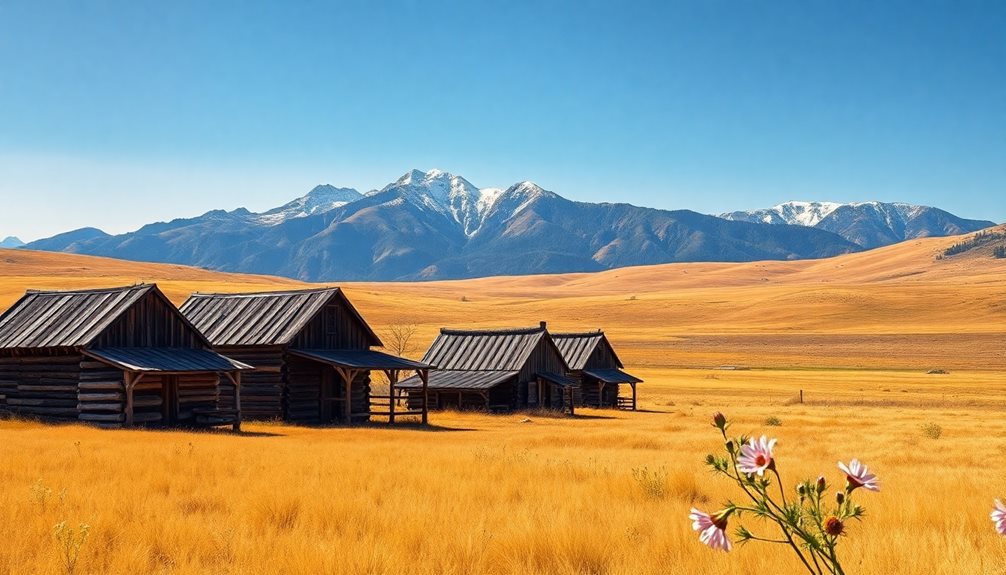
Windsor, Colorado, has a rich and diverse history that began to take shape in the late 19th century.
It was initially settled by homesteaders like J.L. Hilton in 1873 and Edward Hollister, who named the town after Windsor, New York.
The arrival of the railroad in 1882 brought growth and infrastructure, including a train depot and early businesses.
The town's fertile soil supported extensive farming, particularly wheat and sugar beets, which became a driving economic force with the establishment of the Great Western Sugar Company in 1903, attracting German-from-Russia immigrants.
Today, visitors can explore Windsor's scenic beauty through various online resources showcasing the community's natural attractions and charm.
Economic Development and Industry
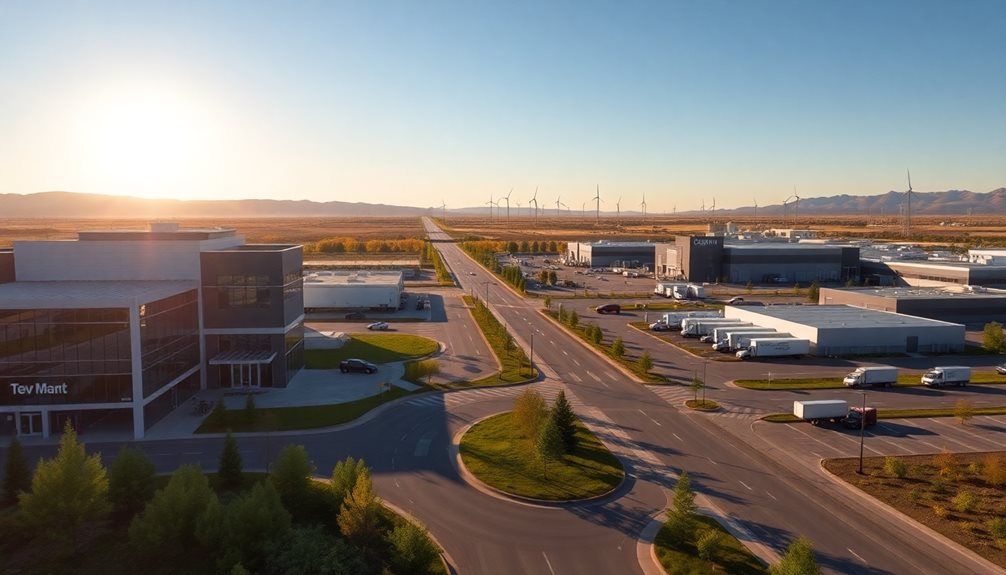
Throughout its history, the economic development of Windsor, Colorado, has been marked by significant industrial transformations, driven largely by the agricultural sector and subsequent technological advancements. The sugar beet industry fueled growth until its decline in 1966, followed by the influence of Kodak and other manufacturing industries. Local businesses like impact-resistant roofing materials have contributed to the area's construction and development sectors.
| Industry Type | Prominent Companies | Year Established |
|---|---|---|
| Sugar Beets | Great Western Sugar Company | 1905 |
| Manufacturing | Kodak | Late 1960s |
| Renewable Energy | Vestas Blades America | 2007 |
| Food and Beverage | Peculier Ales | Early 2020s |
These transformations have diversified Windsor's economy and attracted multiple sectors.
Arts, Culture, and Attractions
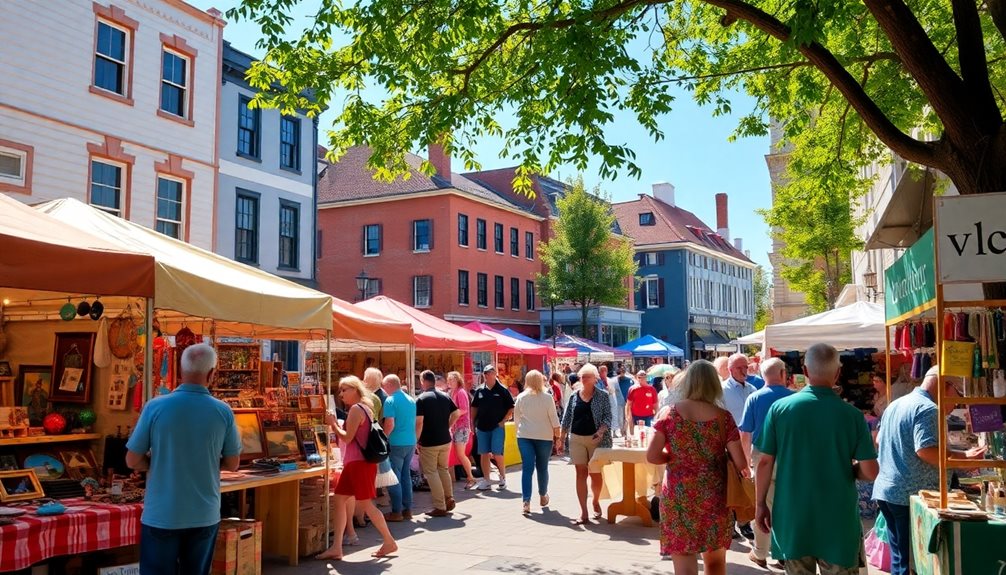
As the economic landscape of Windsor, Colorado, continues to evolve, a parallel development in arts, culture, and attractions is also unfolding.
The town's rich cultural heritage is vibrant at the Art & Heritage Center, where residents and visitors can enjoy free exhibitions and programs throughout the year. This venue, a historic building dating back to 1909, showcases both local history and contemporary art, fostering community engagement through various cultural events and educational programming.
The center's unique architectural features, including original oak floors and a tin ceiling, add to its appeal.
Lifestyle and Recreation Opportunities**
Lifestyle and recreation in Windsor, Colorado, are supported by an array of state-of-the-art facilities and natural attractions, fostering a diverse and vibrant community.
The Windsor Community Recreation Center offers two gymnasiums, fitness rooms, and an indoor aquatic facility with a lazy river and water slide. Additionally, Windsor features over 25 parks and extensive trails for outdoor activities.
The town also provides opportunities for boating, fishing, and swimming at Windsor Lake, enhancing its appeal as a desirable place to reside.
Expert Final Thoughts
Windsor, Colorado, presents a rich blend of history and modern development. Its early settlement was driven by agriculture and the sugar beet industry, supported by ethnic German immigrants from Russia. Economic diversification followed with industries like Kodak and green technology. Today, Windsor balances growth with a small-town atmosphere, offering cultural attractions such as historic museums and vibrant festivals reflecting its German heritage.
